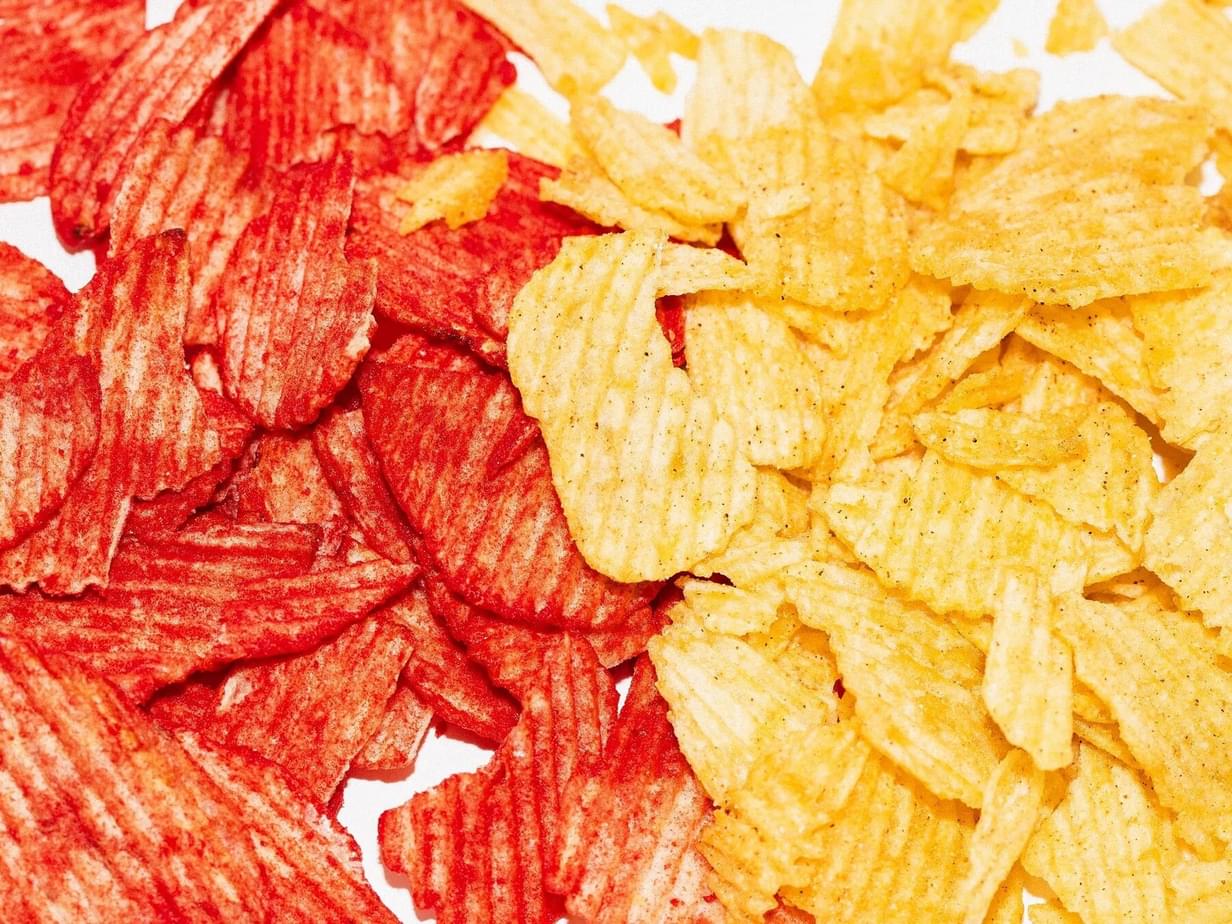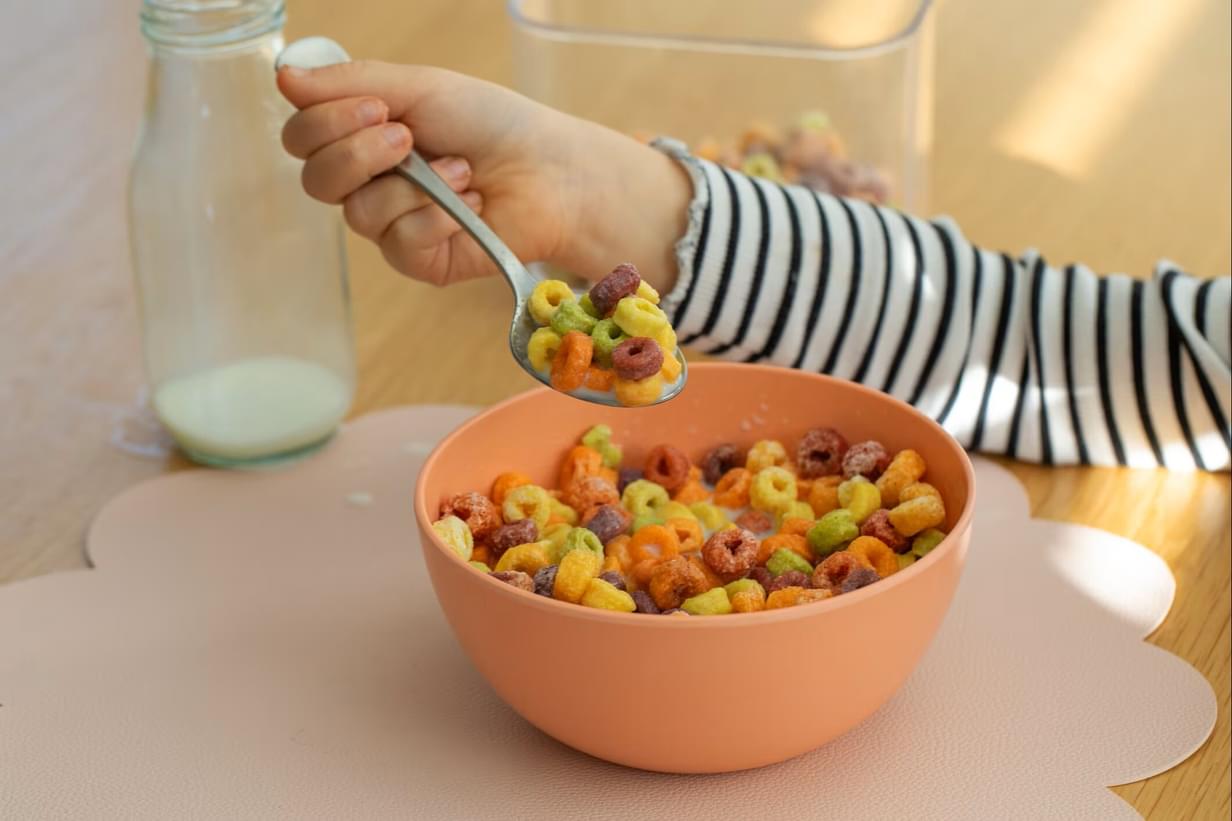Reformulation Is Not a Tweak.
It’s a Reckoning.
Two of the world’s biggest names just reminded everyone that reformulation isn’t optional. It’s here. Kellogg’s has entered a legally binding agreement to remove remaining petroleum-based artificial dyes from all U.S. cereals by end-2027. Meanwhile, Mars Wrigley will introduce dye-free versions of M&M’s, Skittles, Starburst, and Extra in 2026 - not the entire portfolio, but a significant step, hedged for cost, supply and shelf-life realities.
Moves like these are necessary. But we’ve all learned that reformulation done badly damages brands. It doesn’t just shift color; it reshapes taste perceptions, texture expectations, meaning and the feelings that make a brand matter.
The Hidden Cost of ‘One Small Change’
Most reformulation mistakes aren’t spectacular - they’re incremental. Remove a colorant here, ease sugar there, adjust cocoa later. Each tweak can quietly strip away drivers of reward that don’t correlate with liking (non-valence drivers) - those emotional, associative cues that deliver why people choose you and not just whether they ‘like’ the sample in a blind test.
Color isn’t cosmetic; it’s causal. Natural dyes are more muted and often matte, and heat processing dulls them further. A hue once signalling adventurous/bold/fun can suddenly slip to safe/soft/bland - and the brand’s meaning moves with it.

The Private-Label Punch You Don’t See Coming
And it gets worse. Piecemeal reformulation can make a retailer’s own label feel more like your brand than your product does. We know because we’ve seen the data. We’ve seen cases where the retailer liquid aligns closer to the brand’s effort than the brand’s own, precisely because the brand has been whittled away by successive changes. That isn’t theory - it’s an observed risk in our alignment work and a live cautionary tale from categories like juice concentrates, where repeated tweaks left the brand out-of-tune while own label stayed on-message.

“Piecemeal reformulation can make a retailer’s own label feel more like your brand than your product does. We know because we ‘ve seen the data.”
If you’re still managing reformulation against liking scores and blind superiority alone, you’re flying without instruments. Blind benchmarking is not sufficient to understand how your product stacks up against the promise of your brand - often below conscious awareness.

The New Rulebook: Reformulate Like You Mean It
1) Start with brand territory, not ingredients.
Map the emotional/associative territory your brand must deliver using a de-biased, non-valence lexicon refined to avoid over reliance on ‘liking’. Our 18-term set of emotion-based terms was built and iterated for Western markets specifically to discriminate brand-fit, not just hedonics.
2) Test the system, not a part.
Color, aroma, pack, naming, context all shape perceived flavor and texture. Changing color can change the experience, even if chemistry stays constant. Evaluate reformulation holistically, in the cues and occasions where people actually encounter it. Equal liking ≠ equal performance.
3) Avoid serial tinkering.
If you must remove a ‘baddie,’ assess the total profile and change in coherent bundles. Do not drip-feed tweaks that cumulatively drag you off-course. That’s how famous liquids become less on-brand than own label. Ask the categories that learned the hard way: serial tweaks add up.
4) Benchmark against three anchors - every time.
(a) Your current hero product
(b) Your reformulation candidates
(c) Leading private labels
Then judge brand-fit alignment and superiority together. Protect the territory your brand owns while pushing away from retailer proximity.
5) Set guardrails and telemetry.
Define non-negotiables (the cues that carry meaning and distinctiveness) and build ongoing alignment KPIs so commercial teams can see drift early, before a ‘responsible tweak’ becomes an identity problem.
“Changing color can change the experience, even if chemistry stays constant.”
Why MMR?
Because we measure what matters when supporting reformulation projects:
- Sensory exploration, not just testing: We run sensory exploration to understand how natural colors change the entire product experience and what those changes signal emotionally and functionally for each brand/SKU.
- De-biased brand-fit read: Our Western-validated 18-term non-valence lexicon reads brand-fit without collapsing back to liking, with regional tuning where needed.
- A brand-fit + superiority framework: stop chasing blind wins that don’t translate in market; make sure the product delivers the promise your pack makes.
- A holistic stress-test across expectation, cues, usage and emotion, with private-label triangulation baked in, so you don’t accidentally hand retailers your brand’s territory.
- Proven ops readiness (e.g., Product Hub) to run this at speed across categories.
Kellogg’s and Mars are doing the right thing under real-world constraints. But the real story is bigger than clean-label compliance: reformulation is brand strategy, not ingredient management. Treat it that way or risk training your customers to find ‘your brand’ in retailers-own livery.

Our bottom line:
- Equal liking ≠ equal performance.
- Stop piecemeal tweaks.
- Protect the territory your brand owns.
- Benchmark against own label.
If you’re facing a reformulation mandate, bring us in before the first change hits the line. We’ll help you execute the whole move without losing the meaning that makes you famous.